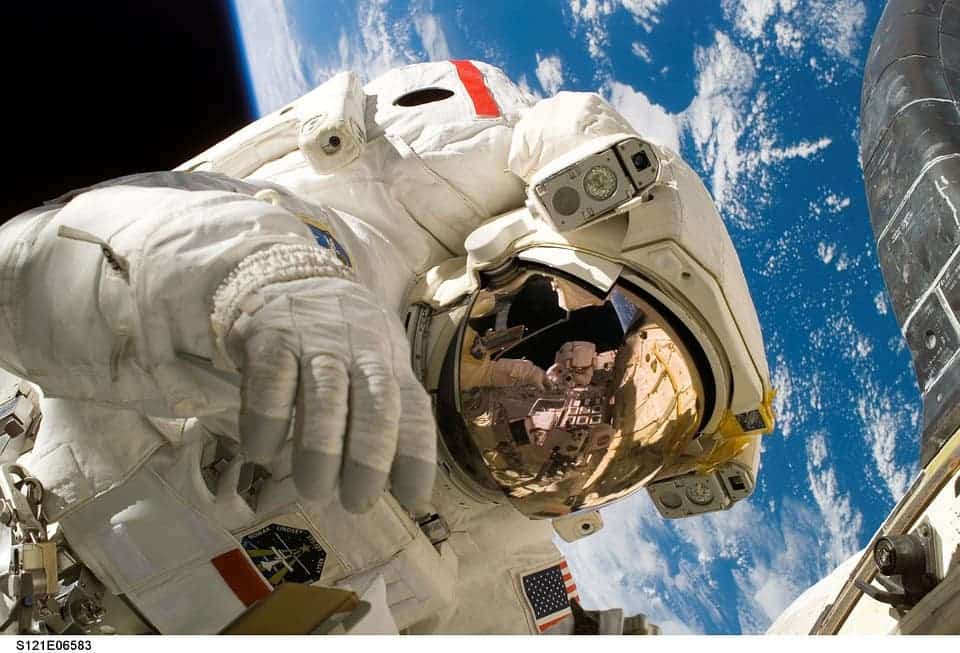People have effectively been able to acquire fuel and, consequently, energy from human urine. This capability has been known for a number of years. In late 2012, a small group of teenage girls from Nigeria made the news by presenting a generator that ran on urine at the Maker Faire Africa. In their generator, the pee is poured into an electrolytic cell where the hydrogen is isolated from other components in the liquid.
The hydrogen is then purified by passing through a filter. From there, it’s sent to a gas cylinder from which it is further pumped into a cylinder containing liquid borax. The borax aids in separating the hydrogen gas from any remaining moisture. The final step is for this gas to be sent to the generator. The girls’ machine was able to supply six hours’ worth of electricity by using a mere liter of liquid waste.
Of course, this was a rather simple apparatus primarily for display, but the important thing is it worked! Urine’s use for producing gas and/or syngas (synthesis gas) has the potential to be quite revolutionary.
Waste as a Water Source in Space

Recycling everything possible in extraterrestrial day-to-day life and travel saves both space and money. For a while now, astronauts on the International Space Station have been recycling their own perspiration and pee. The purified output is clean water, which is drunk a second time over. This cycle can be repeated over and over.
You’ve heard of twice-baked potatoes? Well, twice-expelled waste is starting to catch up in its popularity. Human urine and condensate (including breath moisture, human sweat, shower runoff, and animal pee) are all distilled and reverted to clean drinking water. As of 2015, about 6,000 extra liters of water are recycled each year.
Waste Empowering Yeast
One of the molecules which makes up our urine is called urea. Furthermore, urea is composed of nitrogen and carbon. Both of these chemicals are needed to feed a yeast, Yarrowia lipolytica, which when genetically tweaked properly can take a variety of forms such as bioplastics and even fatty acids. One particular fatty acid necessary for human health and functionality is Omega-3. The brain requires this nutrient.
Thus, Yarrowia lipolytica is being tested to hopefully be able to produce Omega-3’s efficiently in the future. This would be a great aid to humanity in the occasion of a manned mission to Mars or elsewhere. In addition, future astronauts will use 3D printers onboard their spacecraft to generate tools and other needed objects made of plastic. Yet again, the yeast can be altered to produce a certain type of polyester which could be employed for this purpose.
Feces and Urine for Future Food
The sheer quantity of food needed to sustain a manned mission to Mars remains a big problem. However, a clever party of researchers from Pennsylvania State University believes to have found an efficiently ingenious answer. The concept was discussed in a paper published in late 2017. Their space-saving device, a bioreactor, uses the urine as well as the feces of astronauts to feed a non-harmful bacteria that, in turn, is capable of sustaining the human space travelers.
Within the bioreactor, the solid and liquid waste become condensed leaving salts and methane gas in its place. It’s the methane which is used to grow the microbial mush, an edible element with a texture similar to that of Vegemite, a thick Australian spread made up of leftover brewers’ yeast extract along with an assortment of additives.
As you have seen, our astronauts’ waste will not be wasted. Scientists will surely engineer more ways for bodily waste to be put to beneficial use.






